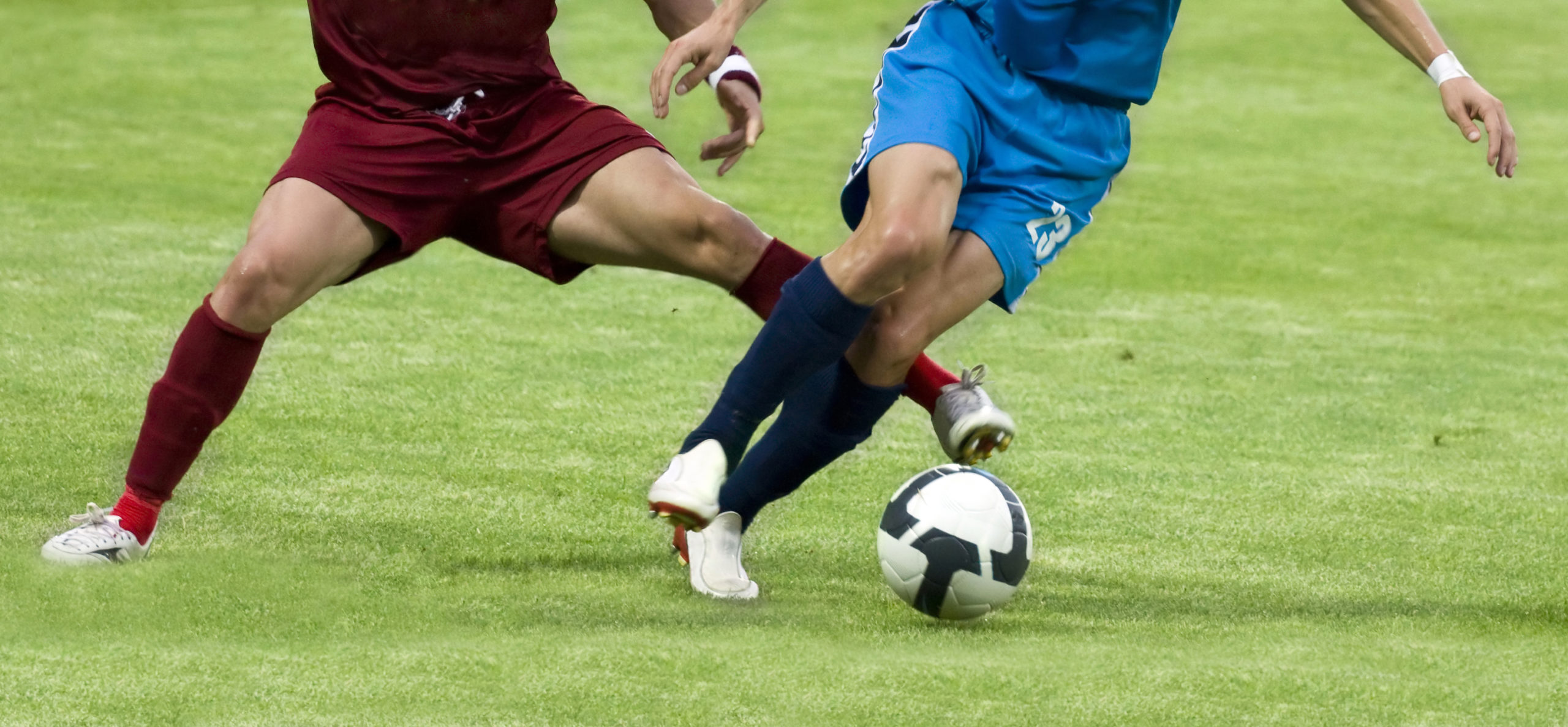ACL Tears
Did I just tear my ACL? What do I do?
Anterior Cruciate Ligament (ACL) tears are one of the most common knee ligament injuries. These injuries occur in collision sports but are increasingly common as non-contact injuries as well. Typically, occurring with a quick pivot or change of direction, a sudden pop is usually felt with painful swelling developing within several hours. ACL injuries can significantly impair agility and rob athletes of their ability to stop and start quickly. Untreated, it is difficult to regain your previous level of agility. Furthermore, there is evidence that untreated ACL tears in younger patients, even those who do not participate in athletics, can lead to earlier development of arthritis. If you suspect you have an ACL tear, an evaluation at a sports orthopedic office such as MCO can help quickly diagnose these injuries. We will always get you in the same or next business day for an evaluation of this type of injury.
How are ACL injuries treated?
Fortunately, these injuries are very treatable. Unless you live a very sedentary lifestyle, surgical reconstruction is recommended. Because the ACL is located within (rather than outside) the joint, it lacks the ability to heal on its own. An MRI is necessary to confirm the diagnosis and to assess collateral damage. Within several weeks of the injury, walking and non-athletic activities will start to feel relatively normal. However, with pivoting or cutting activities, a sense of giving way is often experienced. Several weeks of rehabilitation and swelling reduction are recommended prior to any surgical correction.
Does my ligament get repaired? Or reconstructed? What is the difference?
The current gold standard for athletes who sustain a tear of the ACL is a reconstruction of the ligament. This requires tissue to fashion a new ligament and typically involves using hamstring tendons, quadriceps tendon or the patellar ligament. While cadaver tissue is frequently used in many centers, it is recommended that the patient’s own tissue be preferentially used in patients under 30 years of age. Drs. Frush, Silas and Bak are well versed in a variety of graft choices and, although reconstruction using one’s native tissue is considered more technically challenging and time-consuming, this is the preferred method for our young athletes and we have extensive experience with this.
ACL repair is a newer concept–certain tear patterns have been identified for which repair of the torn ligament may be possible. This requires a specific pattern of tearing with good ligament tissue. MCO is one of the few centers with experience in this newer procedure and current recommendations are that the repair be performed with an internal brace which is the technique performed by Drs. Frush, Silas and Bak.
How successful is ACL surgery?
ACL surgery typically allows a high percentage of athletes to return to their prior level of activity. However, there are nuances created by associated injuries that require appropriate treatment in conjunction with modern ACL surgery. Injuries to the meniscus as well as subtle injuries to other surrounding knee ligaments can occur in the setting of an ACL injury. Unfortunately, these can be overlooked and failure to address these less obvious injuries appropriately can make the difference in joining the 90% plus of patients who return to sport and the 10% who don’t. Often an afterthought in ACL surgery, meniscus tears are frequently treated with partial removal where the main focus is treating the ACL. At MCO, knee joint preservation is of paramount importance and we are aggressive about repairing and retaining meniscal tissue where appropriate. Our physicians are always looking at each individual case to ensure that each injury’s nuances are both recognized and treated appropriately.
What is recovery from ACL surgery like? When can I return to my athletics?
ACL surgery is done as an outpatient and a brace may be worn for several weeks. Physical therapy starts immediately and is as important as the surgery. Recovery can be rigorous but we guide you through the entire process until we are certain that you have returned to your activities. In the rare case that return to activity is delayed, we will aggressively address any anomalies that slow your recovery. Current recommendations are a 6-8 month recovery period prior to return to high-level athletics.


